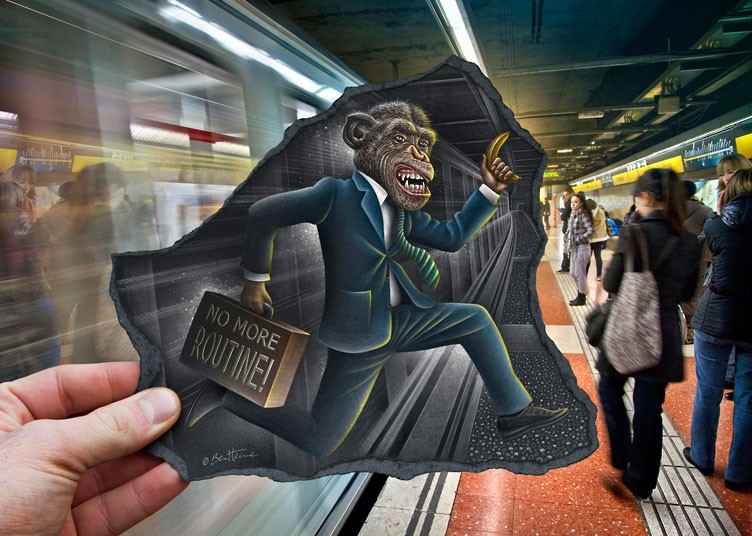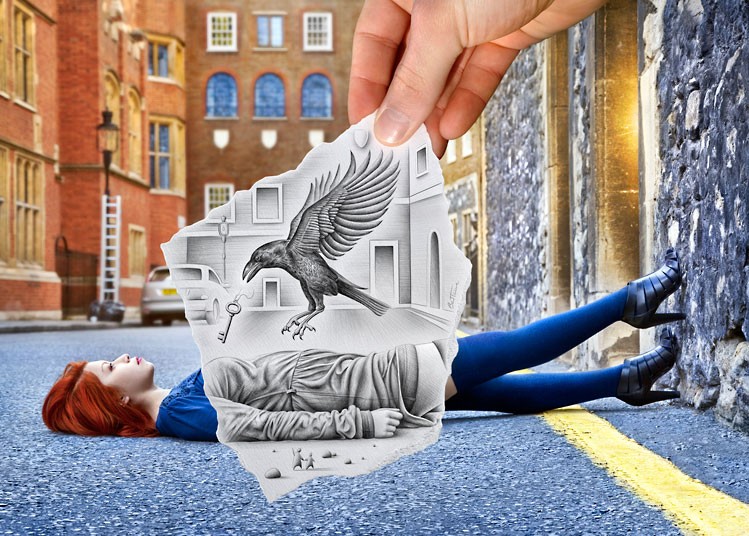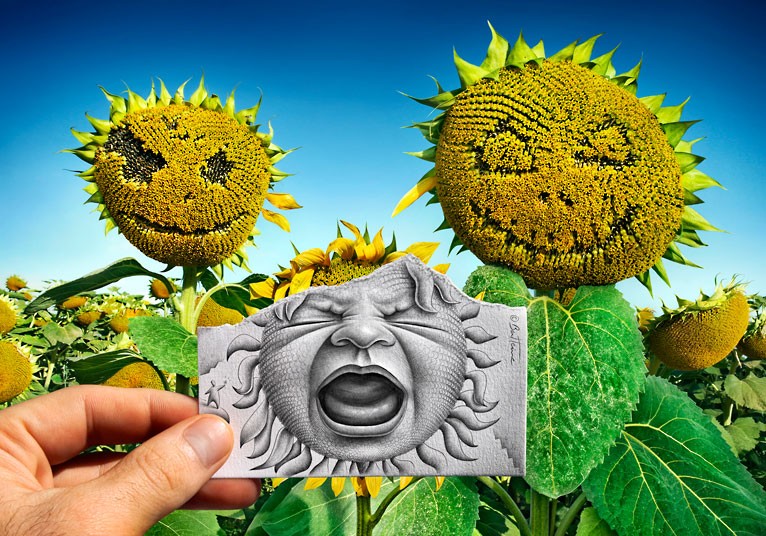
El 12 de enero de 2007, cerca de mil mañaneros pasajeros pasaron por una estación de Metro en Washington, DC, donde, sin publicidad, fueron invitados a un mini concierto gratuito interpretado por el virtuoso del violín Joshua Bell, que tocó durante aproximadamente 45 minutos, interpretando seis piezas clásicas (dos de los cuales fueron de Bach), en su violín hecho a mano por Stradivarius en 1.713 (por el que Bell pagó 3.5 millones de dólares).
Solo 6 personas se detuvieron y se quedaron a escuchar durante un rato. Alrededor de 20 le dieron dinero, pero continuaron caminando a su ritmo normal. Recolectó 32 dólares. Cuando terminó de tocar y el silencio volvió, nadie lo notó. Nadie aplaudió, ni hubo ningún reconocimiento. Nadie se dio cuenta de que uno de los mejores músicos del mundo había interpretado una de las piezas más intrincadas jamás escritas, con un violín de 3,5 millones de dólares.
El escritor del Washington Post Gene Weingarten organizó el evento como “un experimento en el contexto, la percepción y las prioridades, así como una evaluación ininterrumpida del gusto del público: en un entorno banal en un momento inconveniente, ¿trascendería la belleza?”
Cuando los niños ocasionalmente se detenían para escuchar, sus padres los agarraban y los guiaban rápidamente en su camino. El experimento planteó algunas preguntas interesantes sobre cómo no solo valoramos la belleza, sino hasta qué punto el entorno y la presentación establecen la diferencia. Tres días antes, Bell había tocado en una sala llena del Symphony Hall de Boston, donde las butacas costaron más de 100 dólares.
//
On 12th January 2007, about a thousand morning commuters passing through a subway station in Washington, D.C. were, without publicity, treated to a free mini-concert performed by violin virtuoso Joshua Bell, who played for approximately 45 minutes, performing six classical pieces (two of which were by Bach), on his handcrafted 1713 Stradivarius violin (for which Bell reportedly paid $3.5 million).
Only 6 people stopped and stayed to listen for a while. About 20 gave him money but continued to walk their normal pace. He collected $32. When he finished playing and silence took over, no one noticed it. No one applauded, nor was there any recognition. No one noticed that one of the best musicians in the world had played one of the most intricate pieces ever written with a violin worth 3.5 million dollars.
Washington Post writer Gene Weingarten set up the event “as an experiment in context, perception and priorities — as well as an unblinking assessment of public taste: In a banal setting at an inconvenient time, would beauty transcend?”
When children would occasionally stop to listen, their parents would grab them and quickly usher them on their way. The experiment raised some interesting questions about how we not only value beauty, but extent that which the setting and presentation make a difference. Three days earlier, Bell had played to a full house at Boston’s Symphony Hall, where seats went for over $100.


















 Me rindo // I give up
Me rindo // I give up





